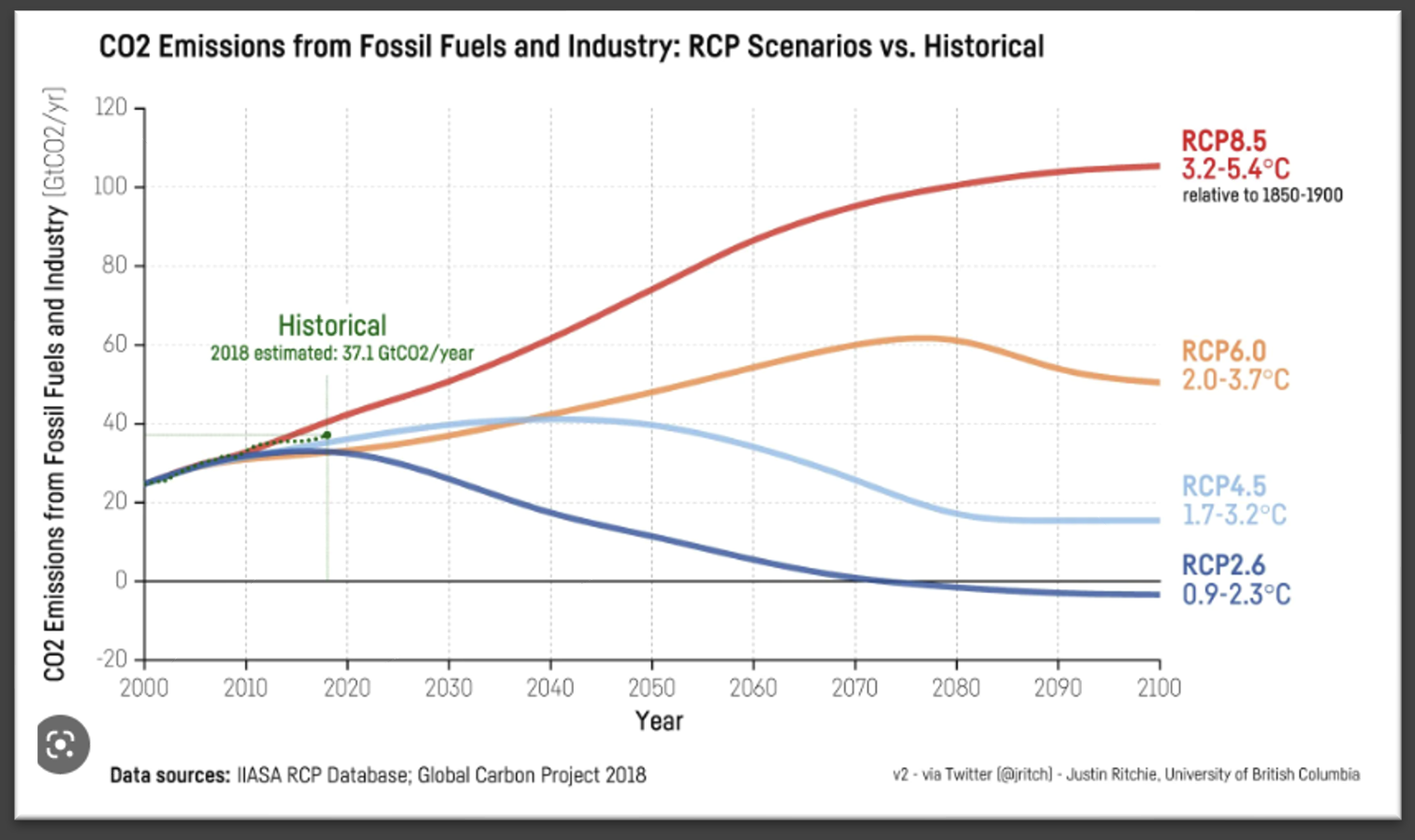Physical Risks
What are Physical Risks?
Physical risks are threats of damage to physical assets, including buildings, equipment, and people. They can be of natural causes like earthquakes and volcanoes but are also influenced by global warming such as sea-level rise and hurricanes. The climate change-related physical risks are also known as physical climate risks.
Assessing physical risks involves measuring the potential hazards faced by a particular location or asset. One way to do this is through the MunichRe assessment. The process consists of BuildingMinds sending the location data of the assets in the portfolio to MunichRe risk intelligence database via an API. In return, BuildingMinds receives risk analysis data and overall risk scores containing hazard scores and projections with three Representative concentration pathways (RCP) scenarios (2.6, 4.5, and 8.5) and three projection years (2030, 2050, and 2100).
The hazards covered by MunichRe's climate change edition include river flooding, flash flood, earthquake, sea level rise, heat, volcanoes, tsunami, tropical and extratropical cyclone, hail, tornado, lightning, storm surge, and wildfire. By assessing these hazards, stakeholders can understand the potential risks posed by different climate related events and take appropriate measures to mitigate them.
The risk exposure of a portfolio directly impacts its market value, making physical climate risks a crucial consideration for real estate stakeholders. Physical climate risks are important for real estate stakeholders because they can result in harm to properties, lower agricultural productivity, harm to ecosystems, and increased health issues.
The MunichRe assessment provides valuable insights and solutions for addressing the highest hazards in each area. By leveraging location data and considering the RCP scenarios, stakeholders can gain a comprehensive understanding of their portfolio through future based scenarios, assessing which hazard scores pose risks in the future. This empowers them to develop strategies to manage and mitigate these risks effectively, protecting their investments and promoting resilience in the face of climate change.
For more information on MunichRe's assessment of physical risks, you can visit their website.
RCP are used for climate modelling and describe different future climate scenarios, depending on the volume of GHG emitted in the next years. Each scenario is also associated with a potential global warming, as shown below.

Scenarios for carbon emissions
RCP2.6 - Likely to keep temperature rise below 2°C. It is the most “optimistic” and stringent pathway, considering that emissions will start declining from 2022.
RCP4.5 - Intermediate scenario and most probable in the future considering the limitation of non-renewable fuels.
RCP6.0 - High GHG emission rate and a peak in 2080. If this scenario comes true, the temperature rise by 2100 should be 3-4°C
RCP8.5 - Most pessimistic scenario, with emissions rising continuously.